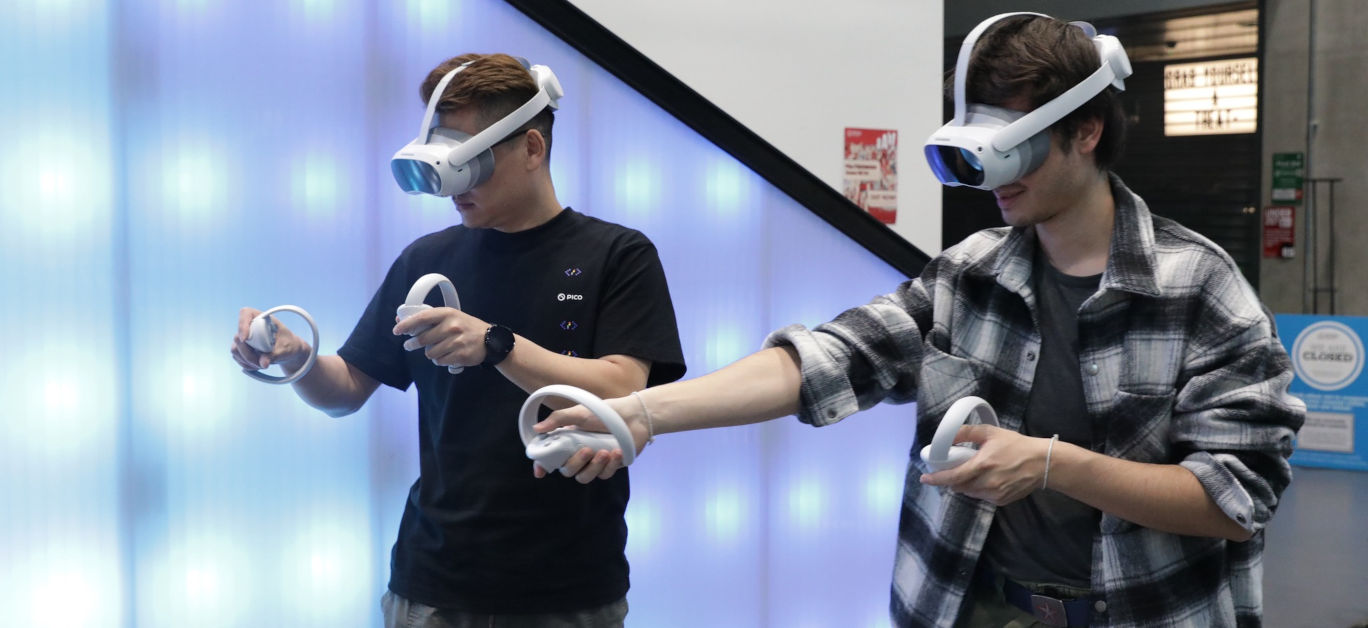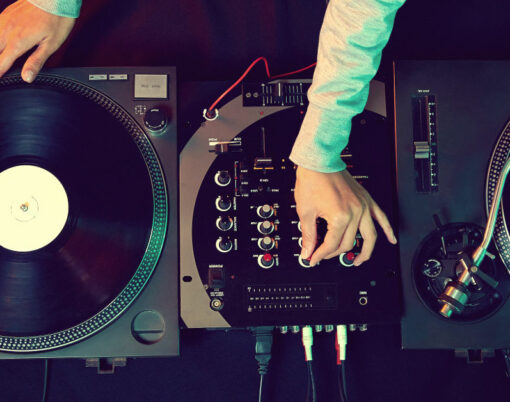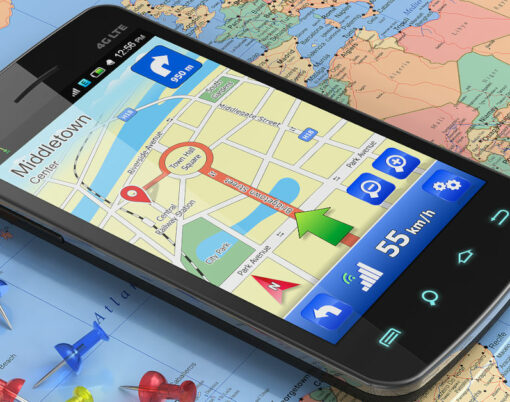Virtual reality (VR) has emerged as a ground-breaking platform in digital amusement, transforming the landscape of VR entertainment in ways we once never could have imagined. This revolutionary technology offers a spectrum of experiences that extend far beyond traditional media, inviting users to step into realms of wonder and exploration that not so long ago, we knew only from science fiction. But more than simply being a new form of entertainment, it’s a radical reimagining of how we experience stories, games, and social interaction, and the possibilities of what could be set to unfold over the coming years with VR at the centre are really rather thrilling.
An immersive experience
VR’s main capability is to immerse people in a completely fabricated environment, so that rather than just looking at a screen, VR users are engaged in a 360-degree digital world that reacts to their movements in real-time. Providing a sensation of presence that traditional media cannot offer, it’s easy to understand why it has uplevelled the gaming and entertainment to such towering heights, and why VR has been the subject of such awe of late.
According to Jeremy Bailenson, founding director of Stanford University’s Virtual Human Interaction Lab, VR is unique in its capacity to allow users to experience anything, anywhere, at any time – transforming every encounter into something extremely personal and intensely real.
Uplevelling gaming and entertainment
Gaming is, of course, one of the most fascinating applications of virtual reality. VR games provide an immersive experience that is light years ahead of traditional gaming, allowing players to physically navigate virtual environments, interact with other characters and items, and even participate in physical sports such as archery or rock climbing. This not only adds to the excitement, but also adds a physical element to gaming, with titles like “Beat Saber” and “Half-Life: Alyx” demonstrating how VR can offer an unmatched gaming experience that is truly the stuff dreams were once made of.

Aside from gaming, virtual reality is also changing how we consume narrative media. Filmmakers and storytellers are using VR to create 360-degree films and interactive storytelling, creating experiences that are lived rather than just observed. Viewers are no longer passive, but active participants in the story – like in the VR film “Notes on Blindness,” in which users can experience the world through the eyes of a blind person, generating a dramatic and compassionate narrative experience that would be impossible to achieve in any other medium.
Elevating education and social scenarios
Another area where VR has enormous potential is education and training. Because of its immersive nature, VR is an ideal tool for hands-on learning, allowing medical students to practice virtual surgery, history students to explore ancient towns, and astronauts to practice space missions in a secure and regulated environment. A PwC study shows experiential learning can greatly improve retention and knowledge, and it’s easy to understand why; it’s often said that the biggest learning curve is doing the job itself, and VR is allowing students to experience what it’s really like to do just that.
Another frontier in VR is social engagement. Platforms such as VRChat provide a virtual environment where users may meet, engage, and attend events as avatars, opening up socialisation opportunities that are especially beneficial in instances where physical interaction is not allowed (for example, during the widespread lockdowns of the global Covid-19 pandemic). Through VR, a more meaningful sense of community and connection can be fostered than through standard social media or video conversations, and for those who cannot meet in person, for whatever reason, it could be about to provide a lifeline.
A reality check
Despite its numerous benefits, VR does still have its drawbacks. Currently, accessibility remains limited, particularly in terms of cost and space requirements. High-quality VR experiences require expensive equipment and a significant amount of physical space, but the industry is working hard to make VR more accessible with lower priced headsets and solutions for tiny spaces. In the meantime, those for whom money is no object can enjoy all of the benefits with relative ease, and become some of the first to experience all that this revolutionary tech has to offer.
Another issue is the possibility of physical side effects such as motion sickness due to the gap between what users see and feel. These concerns, however, are becoming less common as technology progresses, with newer VR systems improving motion tracking and higher-resolution displays, alleviating discomfort.

The future of VR
In the future, the possibilities of virtual reality are limitless. We can expect even more realistic experiences to become available to us as technology advances, and the ongoing development of the metaverse will play a starring role.
Haptic feedback technology, which replicates touch and pressure, is likely to enhance the realism of virtual reality, while advances in AI may result in more personalised and adaptive VR experiences, customising the virtual environment to individual preferences and actions.
In addition to fitness, virtual reality is now slowly but surely making inroads into mental wellness, and it’s something we can expect to see gather momentum over the coming year. Therapists are using VR to treat disorders such as PTSD, anxiety, and phobias, while patients can safely confront and work through their fears and traumas by constructing controlled virtual settings, all thanks to this innovative technology. The use of VR in therapeutic environments such as these demonstrates its potential not just as an entertainment medium, but also as a tremendous tool for healing and personal growth, and it could become instrumental to both as time goes on.
The bottom line
The reach of virtual reality (VR) extends far beyond entertainment alone, and this dynamic platform is already impacting many facets of our lives – but excitingly, it’s only just getting started. VR’s potential is huge and mostly untapped, ranging from transforming fitness and wellness programs to giving revolutionary solutions in mental health care – and as we continue to investigate and implement the technology in new ways, it could be set to transform the human experience in just about every way.






















